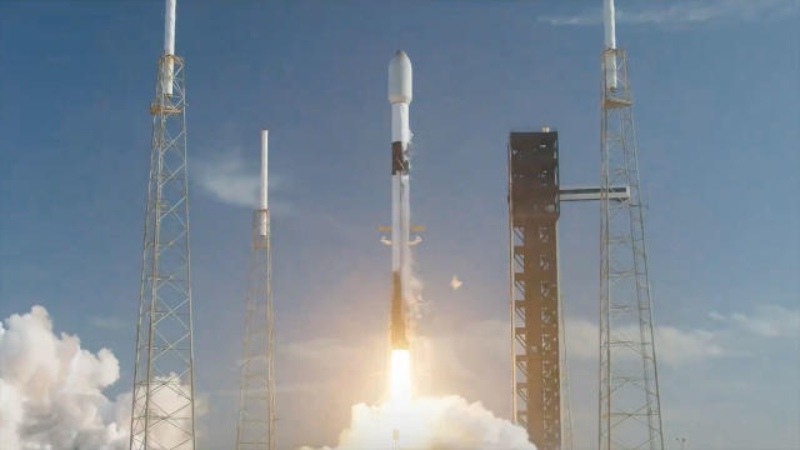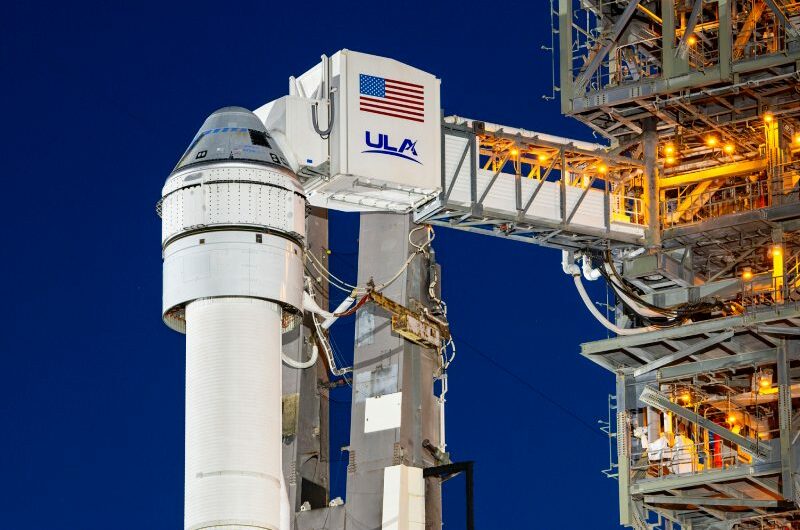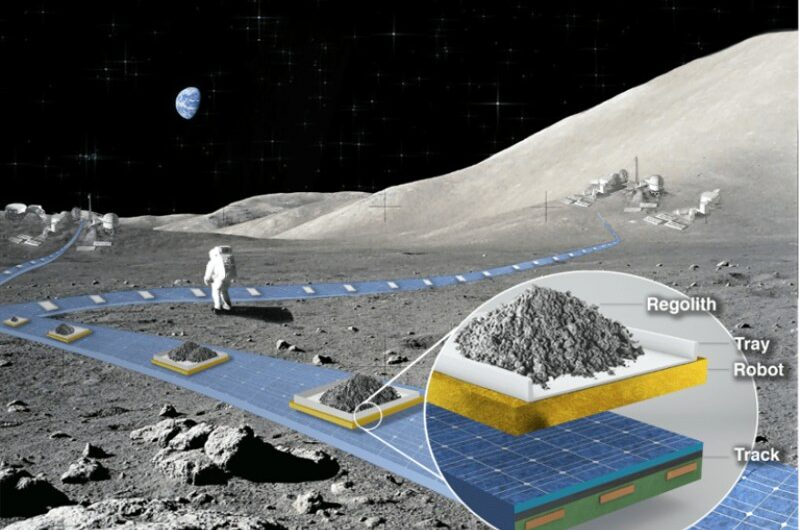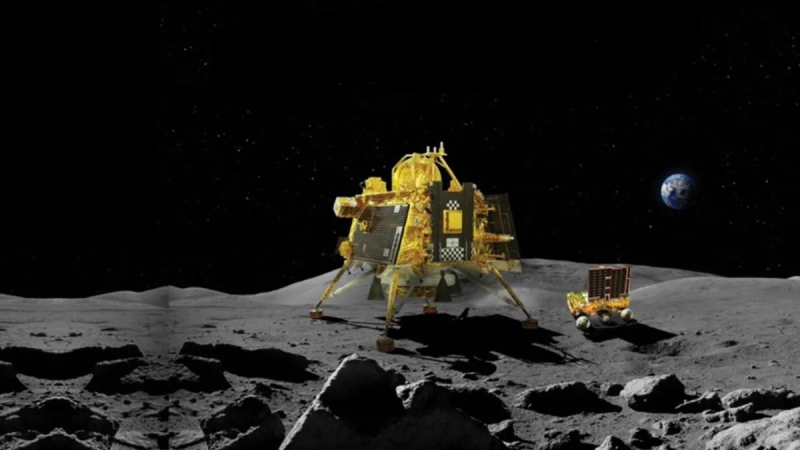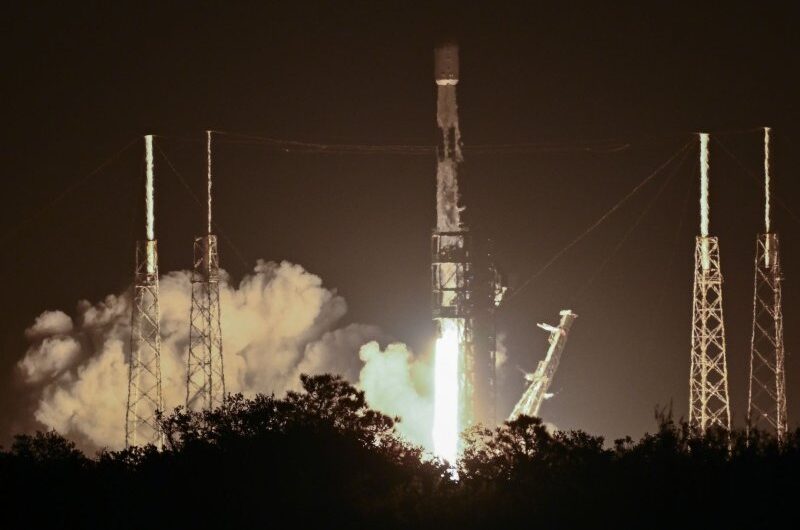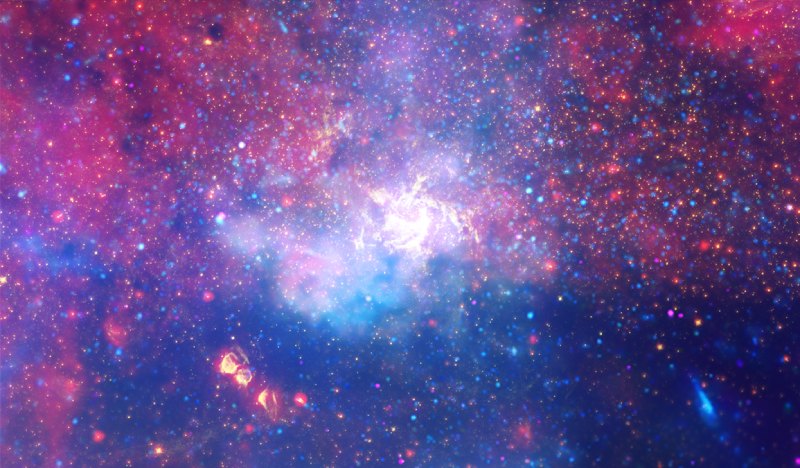After two of the European Commission’s historic Galileo satellite launches, SpaceX launched a second set of its own high-speed internet satellites, called Starlink. The Falcon 9 launch on Sunday night was the 29th Starlink satellite flight in 2024 to be dedicated to that purpose.
At 6:08 p.m., Space Launch Complex 40 (SLC-40) at Cape Canaveral Space Force Station (CCSFS) saw the launch of the Starlink 6-54 mission. EDT (2208 UTC).
This mission’s primary Falcon 9 first stage booster, SpaceX fleet tail number B1076, made its thirteenth launch attempt. It has previously assisted with the launches of six Starlink missions, Ovzon 3, Intelsat IS-40e, and SpaceX’s 26th Commercial Resupply Services (CRS-26) flight.
B1076 touched down a little over eight minutes after takeoff aboard the SpaceX droneship “Just Read the Instructions.” This was the 301st booster landing and the 80th landing on JRTI.
The team accomplished a five-hour turnaround of JRTI at Port Canaveral between the droneship’s arrival and its departure back out to support the Starlink 6-54 mission, according to Kiko Dontchev, vice president of launch for SpaceX.
As of April 24, Jonathan McDowell, an excellent orbital tracker and astronomer, tallied the number of satellites in orbit, of which 23 are Starlink satellites. 633 Starlink satellites have been deployed in 2024 before this one.
The Federated States of Micronesia, an island nation in the Pacific Ocean east of Australia, was the most recent addition to the list of countries where Starlink service is offered, according to a statement made by SpaceX on Wednesday.
Dragon’s Departure
Only a few hours have passed since the SpaceX Cargo Dragon undocked from the International Space Station to commence its approximately 36-hour mission to land off the coast of Florida, coinciding with the Starlink 6-54 launch. Around 1:10 p.m. EDT (1710 UTC), undocking happened.
The CRS-30 mission will conclude with the splashdown on Tuesday morning. It will return with almost 4,000 pounds of science experiments after spending more than 30 days connected to the International Space Station.
A significant step toward Boeing’s first crewed journey to the orbiting outpost utilizing its Starliner spacecraft is also being taken by this operation.
SpaceX must move its Crew Dragon Endeavour spacecraft from the forward-facing port to the space-facing port of the Harmony module before to that launch. That maneuver is scheduled for May 2.
Topics #23 Starlink Satellites #Falcon 9 #SpaceX